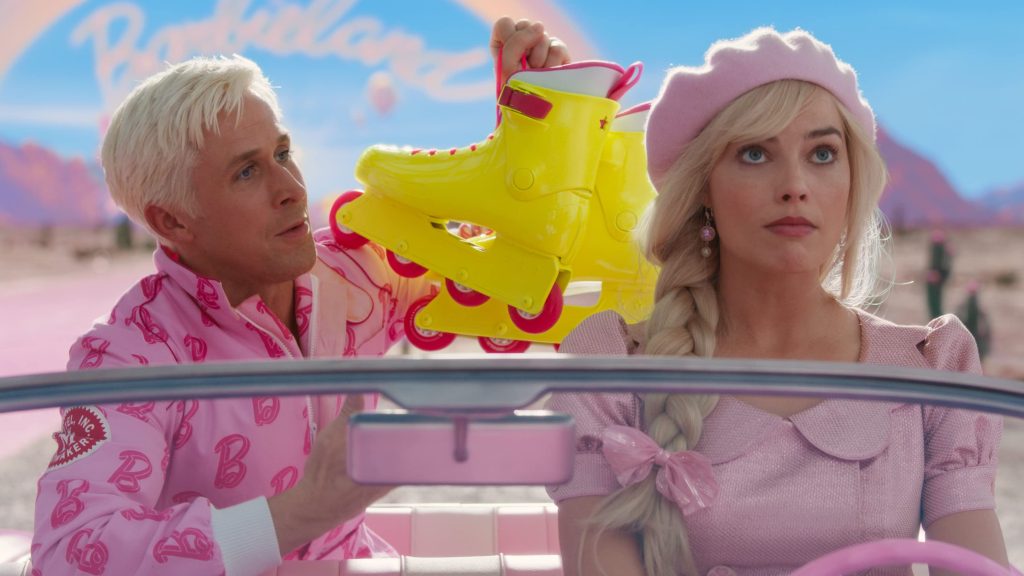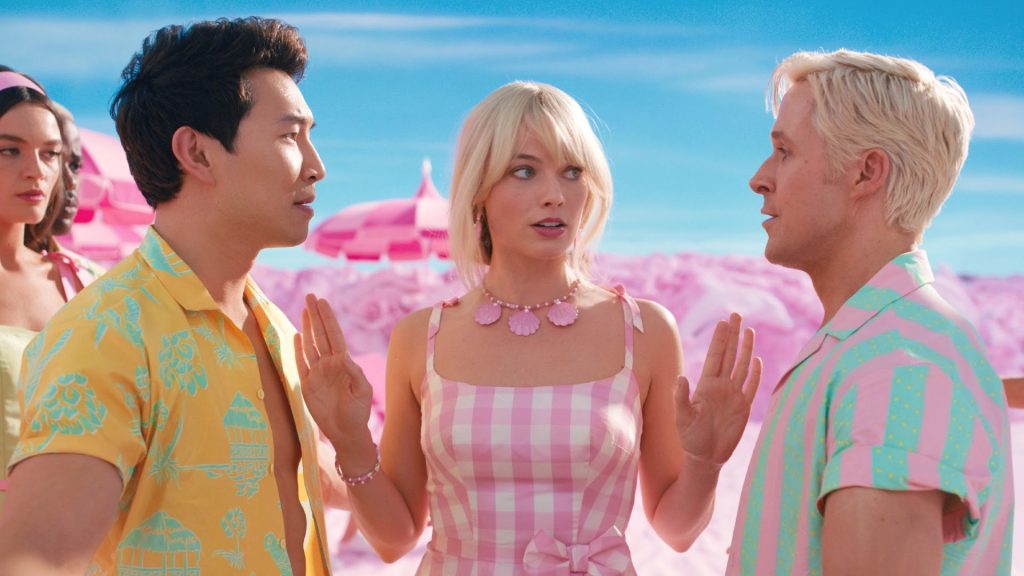Barbie movie: How did it end? And who was doll creator Ruth Handler?
After a transformative journey to Los Angeles, Barbie (Margot Robbie) manages to restore harmony to Barbie Land, which had fallen under the control of patriarchal Kens during the sharply satirical third act of the film. However, despite her success, Barbie no longer feels content in her familiar world. Craving genuine human emotions and experiences, she decides to leave the doll valley behind and start a new life in California.

With the gentle guidance of her inventor, Ruth Handler (Rhea Perlman), Barbie makes a profound choice to embrace mortality and become a person by adopting the last name “Handler” for herself. Director and co-writer Greta Gerwig shares insights into the real-life Ruth Handler and the impactful closing moment of the movie.
barbie movie
In the final scene, a kind-hearted Mattel employee named Gloria (America Ferrera) and her daughter, Sasha (Ariana Greenblatt), drop Barbie off at an office building, presumably for a job interview. Nervous yet excited, Barbie walks through the waiting room to the receptionist’s desk, beaming as she delivers the movie’s last line, “I’m here to see my gynecologist.”
Gerwig explains that the film operates on multiple levels, aiming for both humor and emotion. The director wanted to end on a memorable and impactful note while also touching upon significant issues. She recalls her own experiences as a teenage girl, feeling embarrassed and ashamed of her body, and aims to empower young girls through Barbie’s journey.
Ruth Handler, who appears as a character midway through the film, co-founded Mattel in 1945. The idea for Barbie originated from watching her daughter, Barbara, play with paper dolls of adult women. Handler envisioned Barbie as an aspirational toy, providing girls with the opportunity to imagine various lives and careers beyond traditional roles like motherhood and homemaking.
Barbie’s initial release in 1959 was an instant success, yet it sparked controversy due to her unrealistic proportions, inspired by the German fashion doll Bild Lilli. Handler, who discovered Bild Lilli during a trip to Hamburg, used her as a model for Barbie. Despite criticism, Handler stood her ground, asserting that Barbie’s figure was intended to let little girls envision their future selves realistically.
Ironically, Handler herself was diagnosed with breast cancer in 1970 and underwent a double mastectomy. She left Mattel in 1974 and later founded Nearly Me, a company that produced breast prosthetics for women post-mastectomy. This move was poetic, considering Barbie’s idealized physical appearance, and highlighted the contrast between fantasy and reality.
Greta Gerwig emphasizes that Barbie is an invention, and both Handler and Margot Robbie, who portrays Barbie, are distinct individuals. Barbie has always represented an unrealistic physical ideal, but Handler’s own life journey showcased a different direction—one of transformation and resilience.
With the creation of Nearly Me’s silicone and foam prosthetics, Handler aimed to provide comfort and confidence to women who had undergone mastectomies. She staffed the company primarily with women who had experienced the same challenges, advocating for a supportive and respectful environment for those affected by breast cancer during a time when it was still heavily stigmatized.
Overall, “Barbie” presents a poignant and empowering narrative, reminding audiences that the doll represents a creation rather than an attainable standard, and behind the iconic figure stands the inspiring story of Ruth Handler’s life and legacy.





